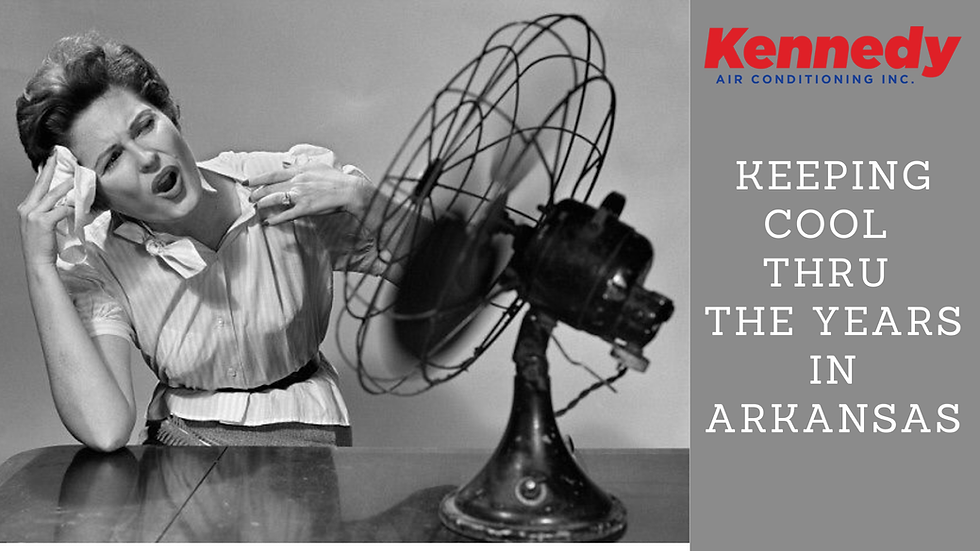Energy Preservation Tips for Older Homes
- Kennedy Air Conditioning
- Jun 30, 2020
- 2 min read

Note: this article focuses on the energy saving needs of older homes, but many of these tips are good for saving energy in any home!
Homes built before modern air conditioning systems became commonplace have unique issues with controlling temperature and preserving energy. Many older homes were built in such a way that adapted them to their environment to provide as much comfort and protection from the elements as possible. Such homes were made with features that allowed passive air conditioning, and in later homes, manual features in conjunction with passive features that helped maintain a livable temperature inside.
An example of a passive design feature is the placement of windows to avoid direct sunlight, or to let in sunlight in areas with a colder climate. Depending on the climate of the location, some older homes were built with extra thick walls (usually of masonry) to provide insulation, or with thinner walls with no insulation. Windows were designed and placed in such a way that allowed them to be easily opened and closed to let in or keep out the outside air. Before the invention of mini-blinds, wooden shutters on windows were also common for controlling ventilation and sunlight exposure.
Beginning in the late 1800s, simple mechanical devices such as radiators and gas furnaces became more common, which provided more direct (but often temporary) control over the home’s internal temperature. Central heating and air systems affordable enough for the average homeowner did not really come around until the 1950s.
If you live in an older home, measures may need to be taken to conserve energy. First, figure out what passive climate control features your home has and use them to your advantage. Homeowners in some areas may be able to use the passive design features of their home to maintain comfortable temperatures and moisture levels during parts of the year, minimizing the use of electricity and gas to power devices. Modern features and materials can then be used to complement the home’s older design features. Many older homes that were “retrofitted” with a central HVAC system experience leaks and other idiosyncrasies that can result in loss of indoor atmosphere and wasted energy. The retrofitting of insulation, if it was not done properly for the home’s particular layout, is also a common cause of poor air circulation and the accumulation of moisture and mold.
Consult your local energy provider to request an energy assessment of your home. The Home Energy Solutions Program is aimed at reducing overall energy costs by assessing efficiency issues in individual homes. A certified local HVAC company will visit your home, at no cost to you, and conduct an inspection to discover air leaks, damaged fixtures, and other idiosyncrasies that contribute to a higher energy bill. The HVAC contractors will also use industrial tape to seal leaks around pipes, add foam insulation in places that need it, replace traditional light bulbs with efficient LED bulbs, and can even install smart thermostats (for houses with compatible HVAC systems), all at no cost to the homeowner!
And as always, if you have any questions or want a free quote on a new, high-efficiency HVAC system, give us a call at 501-834-2665!




Comments